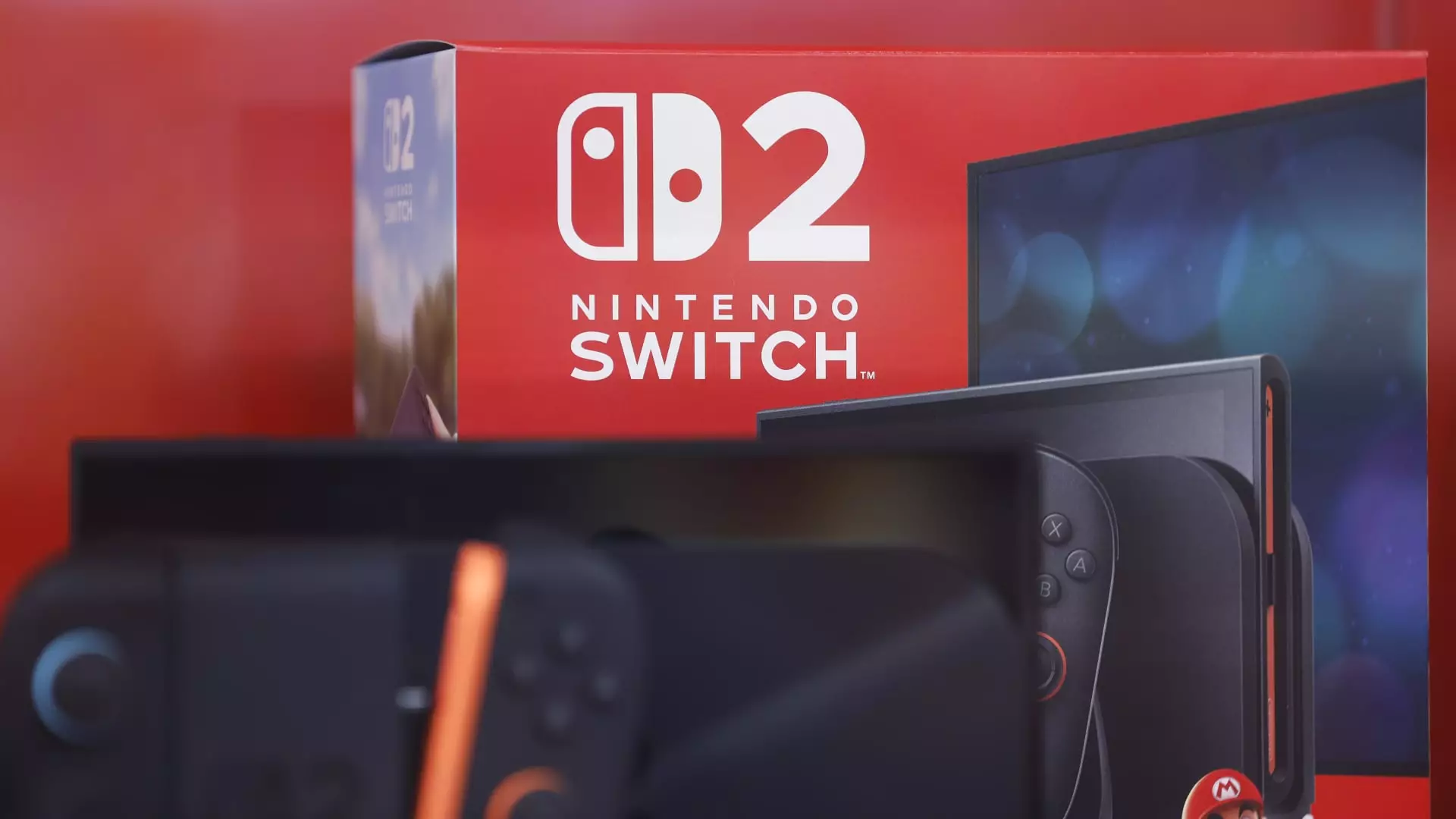Nintendo’s recent financial results reveal a company riding high on a wave of innovation and consumer enthusiasm. The launch of the Switch 2 has not only invigorated sales but has also set new standards for the gaming industry. With over 5.8 million units sold in just the first month, Nintendo demonstrates that pushing boundaries and investing in cutting-edge technology can pay off. The company’s revenue surged by an astonishing 132% compared to the previous year, a clear testament to the power of strategic product launches. Yet, amid this euphoria, one must question whether this momentum is sustainable or whether it masks underlying vulnerabilities.
The Risks Hidden Behind Soaring Profits
While the initial sales figures are undeniably impressive, the outlook isn’t entirely optimistic. The rise in revenue and profit primarily stems from the premium pricing of the Switch 2, which raises concerns about long-term market appeal. Will consumers continue to invest at higher price points if innovation stalls or if competitors introduce more affordable alternatives? Additionally, Nintendo’s reliance on its iconic intellectual properties—such as Mario—faced setbacks, with revenue from these franchises declining slightly. This suggests that even a beloved brand can face fatigue and market saturation, challenging Nintendo’s long-term dominance.
The Overconfidence and Its Pitfalls
Nintendo appears confident in its projections, reaffirming their target of 15 million Switch 2 units sold this year, even amid external uncertainties like potential U.S. tariffs. While some analysts view this forecast as conservative, others warn that such optimism overlooks geopolitical tensions that could impair profitability. The company’s decision to maintain its guidance despite these hurdles reflects a short-term bravado that could backfire if market conditions worsen. Overestimating the consumer appetite for premium-priced consoles or underestimating the impact of tariffs risks setting up Nintendo for disappointed expectations and market volatility.
Balancing Innovation with Responsibility
In an industry driven by rapid technological change, Nintendo’s focus on innovation is commendable, but it should not come at the expense of broader social responsibilities. As tariffs and geopolitics threaten profits, Nintendo could leverage its influence to promote fair trade policies and advocate for a more equitable global market. Instead of solely chasing short-term sales figures, the company should consider how its products shape cultural conversations and youth engagement. Failure to do so may risk alienating segments of its audience or undermining its reputation for family-friendly entertainment.
A Critical Reflection on Nintendo’s Future
Nintendo stands at a pivotal moment where bold ambition meets with precarious realities. While their latest success underscores the importance of innovation in capturing consumer interest, it also highlights their vulnerability to external economic shocks and shifting consumer preferences. As a center-leaning voice, I believe Nintendo’s true strength lies in its ability to balance growth with social responsibility. By reigning in excessive optimism and focusing on sustainable practices, Nintendo can redefine itself not just as a gaming company chasing profits but as a global leader committed to fostering inclusive entertainment for all. The question remains: Will they chase fleeting moments of success or build a legacy rooted in responsible innovation?

